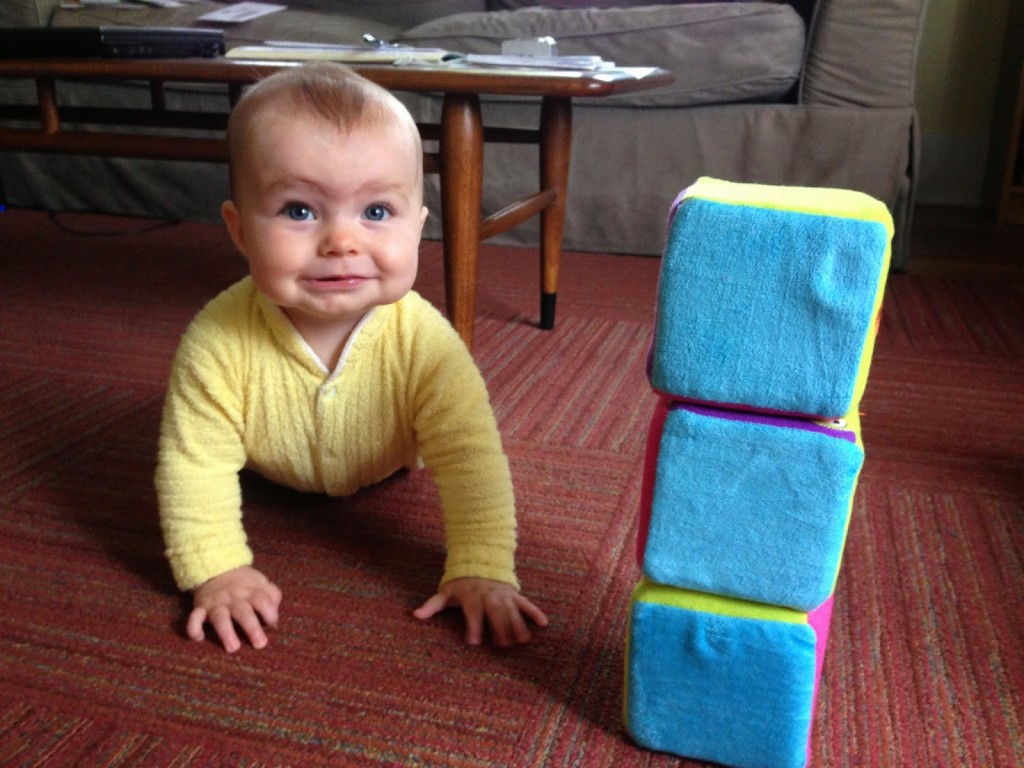Our state has taken important steps to keep toxic chemicals away from Washington’s children and families, for example:
- In 2008, the Legislature passed the Children’s Safe Products Act, requiring manufacturers of children products sold in Washington to report if their products contain chemicals of high concern to children.
- Then in 2010 the Legislature passed the Safe Baby Bottle Act, which banned the manufacture, distribution and sale of certain products containing Bisphenol A (BPA) such as bottles, cups and other containers for children, as well as sports bottles up to 64 ounces. BPA can interfere with the body’s hormone system, or can have negative effects on the brain, behavior, and prostate gland in fetuses, infants and children.
- Continuing the fight to get our state off the “toxic treadmill,” over the past biennium House Democrats have pushed legislation to ban two forms of cancer-causing Tris flame retardants found in furniture and common children’s products, such as car seats and changing pads. Unfortunately, the bill has died in the Senate.
But many of the products we use on a daily basis may still contain unsafe ingredients. To find out the levels of toxic chemicals in items in your household, you can check the Department of Ecology’s new online database. Products in the database so far include children’s and baby’s items, clothing, personal care items, and toys. Information on more product types, such as children’s upholstered furniture, electrical and electronic items, and office and art supplies, will be added in the future.
To help you understand the information currently available in the database, you can read Ecology’s recent report, Focus on Chemicals in Consumer Products. And if you are interested in Ecology’s work on toxics, you can follow the ECOconnect blog series Tackling Toxics, which provides in-depth coverage of product testing and other actions the agency is taking to reduce toxic threats in our state.

